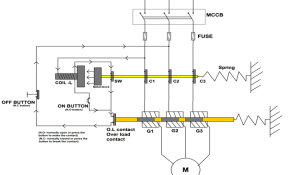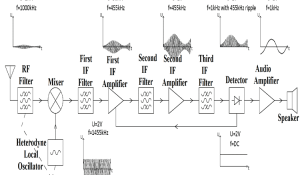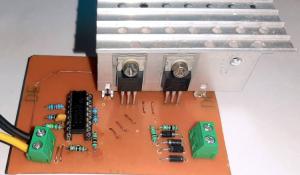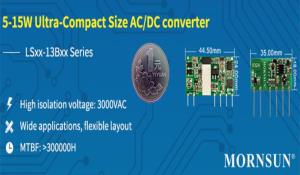With the advent of Electric Vehicles and Internet of things the need for sophisticated power electronic design has increased. These new fields are constantly evolving the demands for high-power motor drives, energy efficient power supplies, wireless power transfer etc.
In this section we will design and test various power electronic projects for a wide variety of applications including EV, Solar, IoT, SMPS Power supplies, LED Drivers, Portable power supplies etc. The section also covers the latest power electronic news and articles to update the readers with latest technology trends.
Direct Online Starter or DOL is a simple electromechanical system designed for switching and protection of Induction motors.…
Power integrations have expanded its InnoSwitch 3 families with the introduction of the new INN3x78C devices, a new family of…
Buck-Boost regulator is made using two different topologies, as the name suggests, it consists of both buck and boost topology…
A superheterodyne receiver uses signal mixing to convert the input radio signal into a steady intermediate frequency (IF) that…
Texas Instruments (TI) has introduced, a 40A SWIFT DC/DC buck converter TPS546D24A, which can deliver up to 160A of output…
Power Integrations have introduced a new SCALE 2 single-channel +15/-10V, plug and play gate driver for 4500V press pack IGBT (…
Diodes Incorporated has introduced a synchronous DC-DC buck converter for point-of-load (POL) conversion. The AP62600 converter…
An inverter is a circuit that converts Direct Current (DC) to Alternating Current (AC). A PWM inverter is a type of circuit…
Infineon Technologies has introduced the 600V, CoolMOS S7 product family for power density and energy efficiency in…
If you have ever worked with Batteries, SMPS circuits or other Power supply circuits, then often it would have occurred that…
MORNSUN has introduced a series of ultra-compact size AC/DC converters called LSxx-13Bxx, that can cover 5W,8W,10W segments.…
A True-RMS or TRMS is a type of converter which converts RMS value to equivalent DC value. Here in this tutorial, we will learn…













